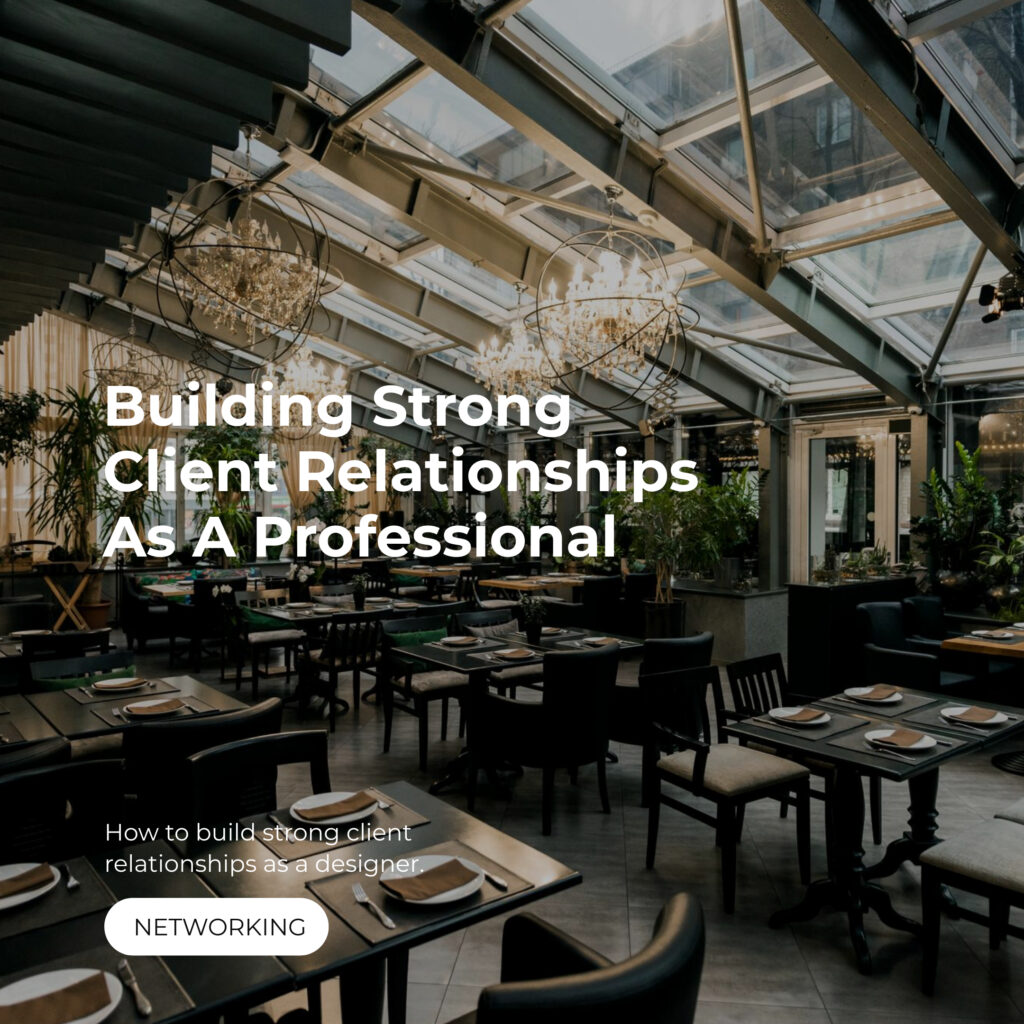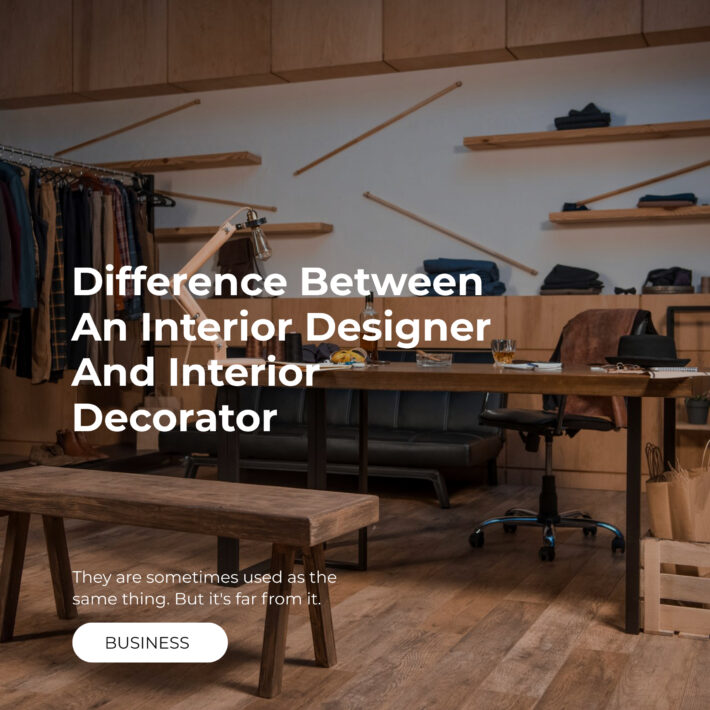Building Strong Client Relationships as an Interior Designer

Our job as interior designers extend beyond the initial consultation. Interior designers should set clear expectations about the design process, timelines, and pricing. By establishing open communication channels and providing regular updates, designers can keep clients informed and address any concerns or questions promptly. Timely project management reflects professionalism and instills confidence in clients, demonstrating that their project is a priority.
By employing these strategies, interior designers can build strong client relationships that enhance their professional reputation, drive repeat business, and create a loyal client base. Exceptional customer service is the key to success in the competitive world of interior design.
Nurturing Long-Term Client Relationships
Building a strong client relationship is crucial for interior designers to establish trust, deliver exceptional service, and foster loyalty. Apart from customizing design solutions and practicing responsive project management, there are additional strategies that can help nurture long-term client relationships.
Providing Ongoing Support and Post-Design Services
Interior designers should go beyond the completion of a project and offer ongoing support to their clients. This can include providing guidance on maintenance, offering recommendations for future enhancements, and being available for any design-related questions or concerns. By providing post-design services, interior designers demonstrate their commitment to their clients’ satisfaction and success long after the project is finished.
Maintaining Regular Follow-Ups and Client Feedback
Regular follow-ups are crucial for keeping the lines of communication open and maintaining a strong relationship with clients. This can involve checking in to see how the design is functioning for the client, addressing any potential issues or changes, and expressing genuine interest in their satisfaction. Additionally, seeking client feedback at various stages of the design process and after the project’s completion enables interior designers to continuously improve their services, better understand their clients’ needs, and tailor their approach accordingly.
By implementing these strategies, interior designers can build solid client relationships that enhance their professional reputation, drive repeat business, and create a loyal client base. Exceptional customer service and ongoing support are the keys to long-term success in the competitive world of interior design.
Overcoming Challenges in Client Relationships
Building a strong client relationship is essential for interior designers to establish trust, deliver exceptional service, and foster loyalty. However, like any other professional relationship, challenges can arise along the way. Here are some key points for interior designers to consider in order to overcome these challenges and maintain a strong client relationship.
Addressing Conflict and Managing Expectations
Conflict is a natural part of any client relationship. It is important for interior designers to address conflicts promptly and in a professional manner. This includes active listening, empathy, and open communication to understand and resolve any issues. Additionally, managing client expectations from the beginning and regularly updating them on project progress can help prevent conflicts and ensure that both parties are on the same page.
Anticipating and Preventing Potential Issues
Anticipating and preventing potential issues is another crucial aspect of building a strong client relationship. This involves thorough planning and risk assessment to identify any potential challenges or roadblocks that may arise during the project. By addressing these issues proactively and providing alternative solutions, interior designers can demonstrate their professionalism and commitment to client satisfaction.
By effectively addressing conflicts, managing expectations, and anticipating potential issues, interior designers can navigate challenges and maintain strong client relationships. This not only enhances their professional reputation but also leads to repeat business and a loyal client base. Exceptional customer service and proactive problem-solving are key to long-term success in the competitive world of interior design.
Conclusion
Building a strong client relationship is crucial for interior designers to establish trust, deliver exceptional service, and foster loyalty. While challenges may arise, addressing conflicts, managing expectations, and anticipating potential issues can help maintain a positive client relationship.
The Power of Strong Client Relationships in Interior Designer
Interior designers understand the importance of developing strong client relationships. These relationships are not only essential for successful project outcomes but also for long-term business growth. By prioritizing client satisfaction, interior designers can establish themselves as trusted professionals in the industry. This can lead to repeat business, positive referrals, and a loyal client base.
To build a strong client relationship, interior designers should address conflicts promptly and professionally. Active listening, empathy, and open communication are essential in understanding and resolving any issues that may arise. Additionally, setting clear expectations and providing regular project updates can prevent misunderstandings and ensure alignment between the designer and the client.
Anticipating and preventing potential issues is another key aspect of maintaining a strong client relationship. Through thorough planning and risk assessment, interior designers can identify and address challenges before they escalate. By providing alternative solutions, designers demonstrate their commitment to client satisfaction and showcase their professionalism.
In the competitive world of interior design, exceptional customer service and proactive problem-solving are paramount. By nurturing strong client relationships, interior designers can enhance their professional reputation and position themselves as leaders in the industry.



